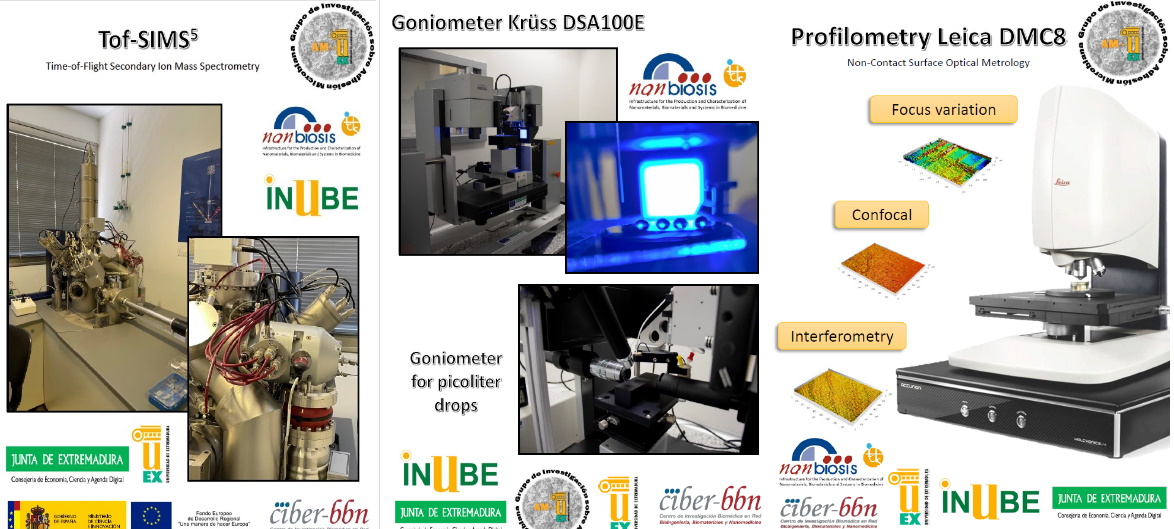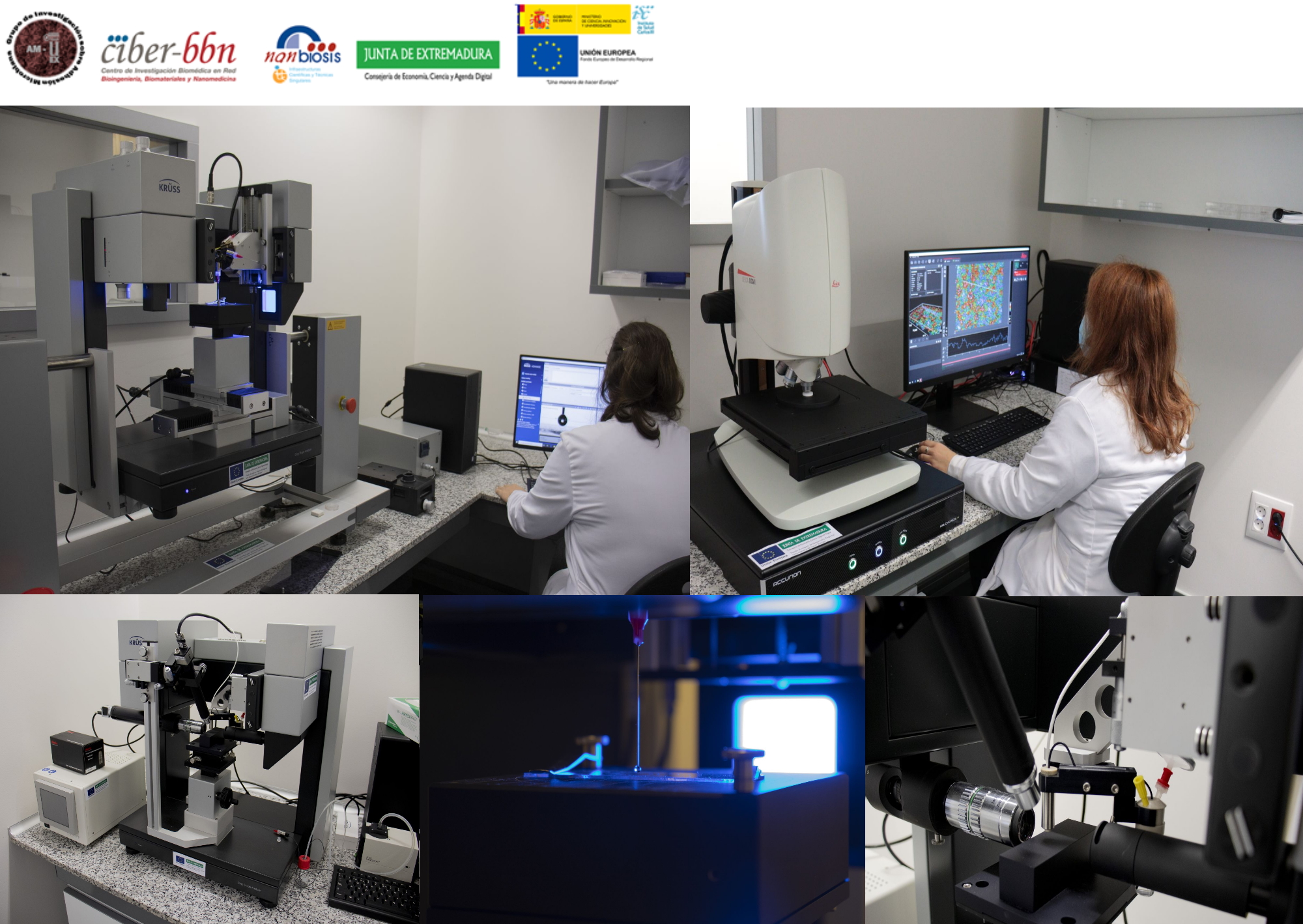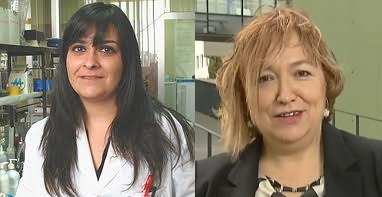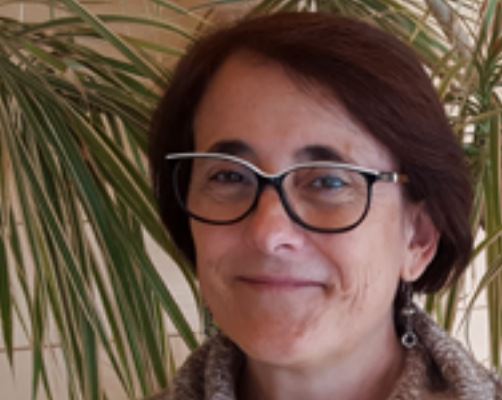New leaflets available of new equipment at NANBIOSIS Unit 16
We are delighted to announce the publication of our new brochures which reflects the new equiments and capabilities incorporated to NANBIOSIS U16 Surface Characterization and Calorimetry Unit.
The equipment is available has been incorporated to the Unit thanks to European Regional Development Fund (FEDER) allocated by the Goberment of Spain for the development of ICTSs, specifically through the Project FICTS-1420-14-09.
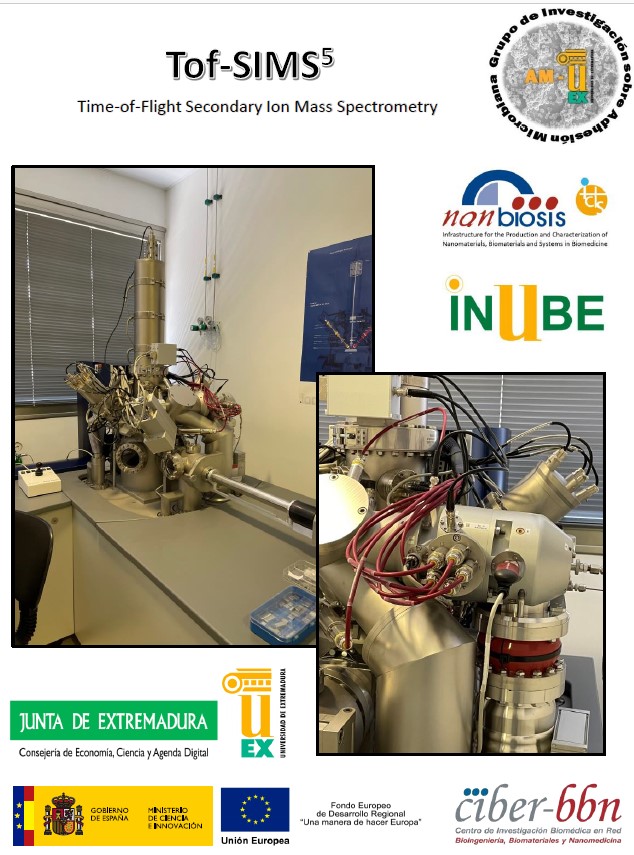


Further information: NANBIOSIS News
